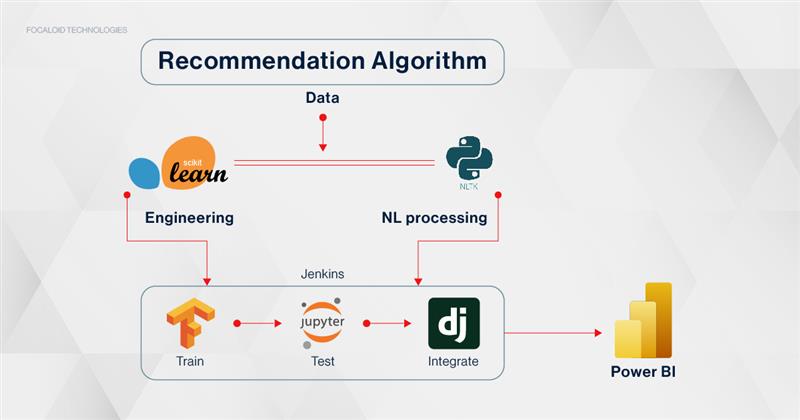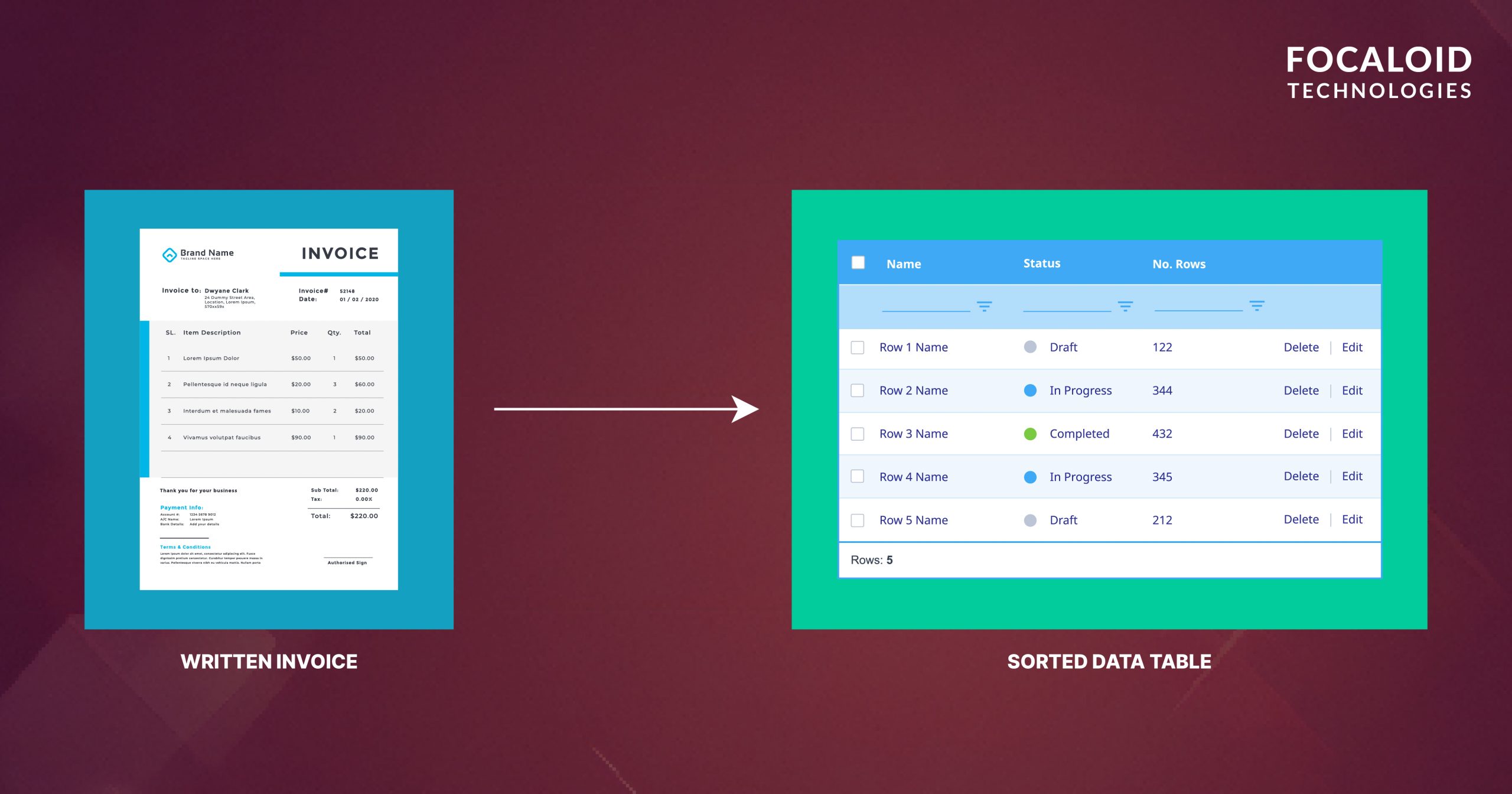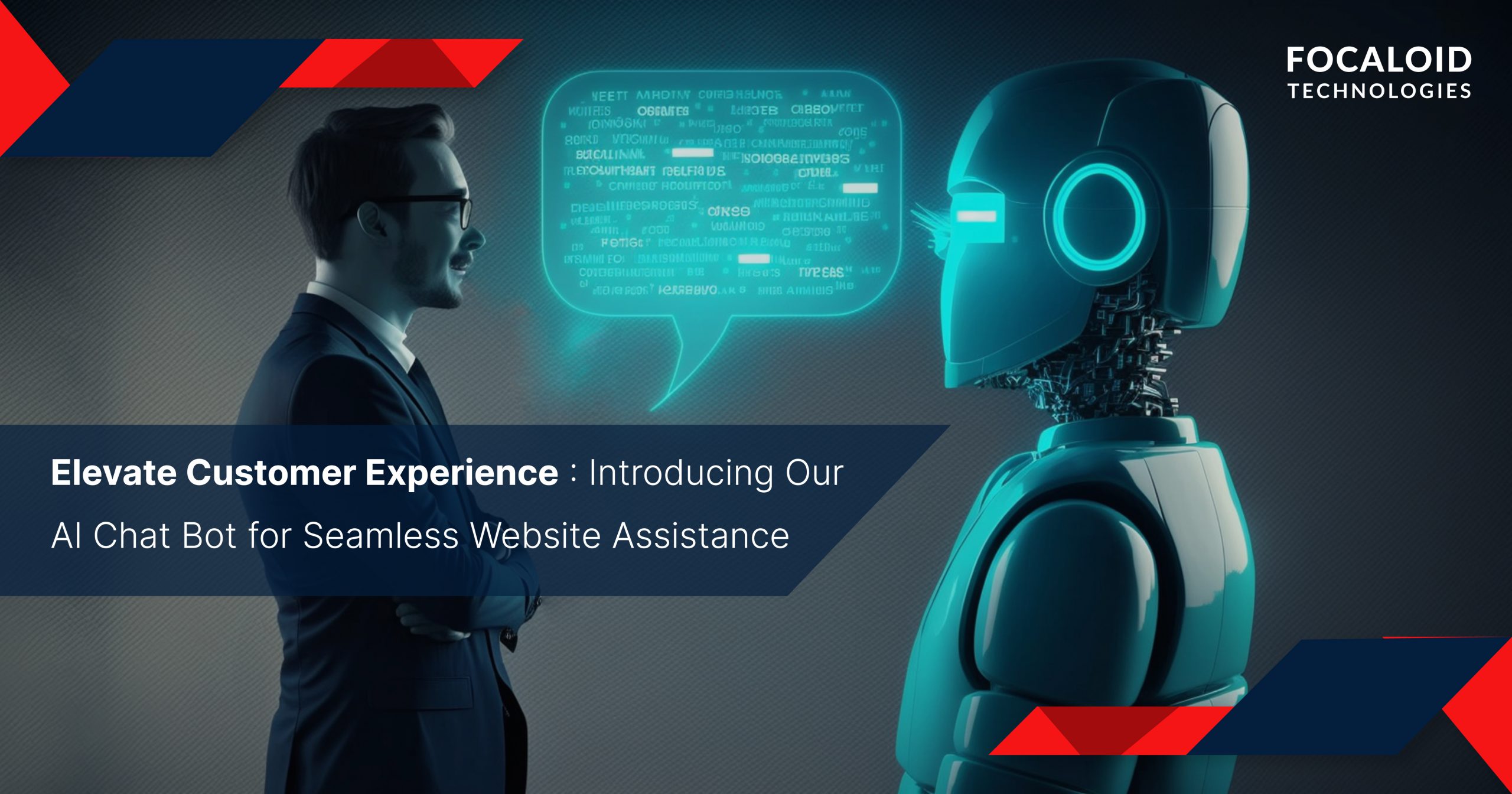AI |
Machine Learning |
How Virtual Reality is Reshaping Training, Learning & Development
15/03/2023
How Virtual Reality is Reshaping Training, Learning & Development
Virtual reality (VR) technology rapidly transforms how we approach training, learning, and development with the help of AI and machine learning. By immersing users in a simulated environment, VR allows for hands-on, interactive experiences that can increase engagement and retention of information. This technology could revolutionize many industries, including education, healthcare, and even the military.
Here we will explore how VR is reshaping training, learning, and development and discuss this technology’s potential benefits and limitations. From virtual classrooms to virtual surgeries, we will take a closer look at how VR is being used to improve skills and knowledge in a wide range of fields.
Virtual Reality in the Real World
Virtual reality (VR) technology is rapidly reshaping how we train, learn, and develop new skills. By immersing users in a fully interactive and realistic digital environment, VR allows for more engaging and effective training experiences that can improve retention and performance.
One of the main advantages of VR training that includes AI and machine learning is its ability to simulate real-world scenarios in a way that’s easy or impossible to recreate in a classroom setting. For example, in fields such as medicine and aviation, VR can provide trainees with hands-on experience in a safe and controlled environment. It can help reduce the risk of errors and improve overall performance when working with real patients or flying real aircraft.
Additionally, VR can also be used to create more personalized training experiences. For example, VR can create virtual simulations of different work environments, allowing trainees to practice different tasks and procedures in various settings. This can improve adaptability and increase the chances of success when transitioning to a new role or working in a new environment.
Another advantage of VR or AI and machine learning is that it can provide just-in-time training, improving the speed of learning and retention. Traditional training methods often rely on scheduling and planning, which can be time-consuming and disrupt workflow. VR allows training to be delivered in a more flexible and accessible way, allowing learners to complete training when it is most convenient for them.
Finally, VR technology is also helping to create more engaging and interactive training experiences. By immersing learners in a digital environment, AI and machine learning can increase motivation and engagement, leading to better retention of information and improved performance.
Virtual reality technology is revolutionizing how we train, learn, and develop new skills. With its ability to simulate real-world scenarios, create personalized training experiences, deliver just-in-time training, and increase engagement, VR is becoming an increasingly important tool in modern learning and development.
3 Ways VR is Transforming Learning & Development
Virtual reality (VR) technology revolutionizes learning and develops new skills with AI and machine learning. Here are three ways VR is transforming learning and development:
Immersive Learning: By focusing on AI and machine learning, VR technology allows learners to fully immerse in a virtual environment, making the learning experience more engaging and interactive. This can be particularly beneficial for subjects that involve hands-on learning, such as engineering, design, and medicine.
Access to Realistic Training: VR technology can provide learners with access to realistic training scenarios that would otherwise be too expensive or dangerous to replicate in real life. For example, medical students can use VR to practice surgeries, and emergency responders can use VR to simulate emergency scenarios.
Increased Motivation and Retention: VR technology can increase motivation and retention by providing learners with an engaging and interactive learning experience. This can lead to more remarkable learning outcomes and improved job performance.
Overall, VR technology transforms learning and development by providing learners with more immersive, realistic, and engaging experiences. It is likely to become an increasingly important tool in education and training in the future.
How Virtual Reality is Redefining Soft Skills Training?
A technology that can revolutionize the way soft skill training is delivered, is virtual reality. Many industries require soft skills like communication, teamwork, and leadership. Traditional training methods, such as classroom lectures and role-playing exercises, can be ineffective. Conversely, VR offers an immersive and interactive experience that can help employees develop soft skills in a more natural and effective way.
One of the most significant advantages of VR-based soft skills training that includes AI and machine learning is the ability to simulate real-world situations. For example, a VR scenario could simulate a meeting with a difficult client or a presentation to a large audience. This allows employees to practice their communication and presentation skills in a realistic environment without the pressure of a real-life situation.
Additionally, VR allows for creating simulations personalized to the individual employee’s needs and learning style.
Another advantage of VR-based soft skills training that includes AI and machine learning is that it allows for developing teamwork and collaboration skills. Virtual reality simulations often require multiple players to collaborate to complete a task. This can help employees communicate effectively, share tasks and work together towards a common goal.
VR also allows for the development of leadership skills. VR simulations can be designed to simulate different leadership situations, such as leading a team in a crisis or making a decision under pressure. This allows employees to practice their leadership skills in a safe, controlled environment without the risk of making mistakes that could have real-world consequences by taking the help of AI and machine learning.
Furthermore, virtual reality or AI, and machine learning is redefining how soft skills training is delivered. By providing an immersive and interactive experience, VR allows employees to practice and develop their soft skills in a realistic, personalized, controlled environment. This can help employees become more effective communicators, team players, and leaders, ultimately leading to improved performance and increased productivity in the workplace.
3 Ways Virtual Reality Training (VR) Changes L&D
Virtual Reality (VR) training is a cutting-edge technology that has revolutionized how organizations approach Learning and Development (L&D). Here are four ways in which VR training changes L&D:
Increased engagement: VR training is more engaging than traditional training methods, allowing learners to interact with virtual environments and objects. It can lead to higher retention rates and more effective training outcomes.
Cost-effective: VR training can be more cost effective than traditional training methods, as it eliminates the need for expensive equipment or travel. Additionally, VR training can be easily scaled to accommodate large groups of learners.
Real-world applications: VR training can simulate real-world environments, such as factories or hospitals. This allows learners to practice their skills in a realistic setting, making them more prepared for the real world.
Overall, virtual reality training is an innovative and effective way to enhance the learning experience and improve the effectiveness of L&D programs. With its ability to create immersive, engaging, and cost-effective experiences, it is likely to become increasingly popular shortly.
Virtual Reality Training is Transforming The Workplace
Virtual reality (VR) technology is transforming how companies train their employees with the help of AI and machine learning. VR allows immersive and interactive training experiences customized to job tasks and environments. VR technology can be used for various industries, including healthcare, manufacturing, and construction.
One of the main benefits of VR and AI and machine learning training is that it can provide a safe and controlled environment for employees to practice and learn new skills. For example, VR can simulate medical procedures in healthcare, allowing medical students and doctors to practice in a safe and realistic environment before performing the procedure on an actual patient. VR can train employees to operate and maintain complex machinery in the manufacturing industry.
VR allows for more effective and efficient learning and creates a safe training environment. VR training can be tailored to an individual’s learning style, making it more engaging and interactive. It can also be used to simulate real-world scenarios, which can help employees to understand better and retain the information they are learning.
Another advantage of VR training is that it can be accessed anywhere and anytime. This means that employees can participate in training sessions even if they are not physically present. This can be especially beneficial for companies that have employees working in remote locations or for employees who are working from home.
Overall, virtual reality technology is transforming the workplace by providing a safe, efficient, and effective way to train employees. It can simulate real-world scenarios and provide an immersive learning experience that can help employees better understand and retain the information they are learning. As VR technology continues to evolve, we will likely see more companies adopt it as a tool for training and development.
How VR and Immersive Technology are Shaping the Future of Learning and Development?
Virtual reality can be used to enhance learning experiences and training with AI and machine learning. You can use VR to create interactive learning modules, which are more engaging than traditional classroom lectures. It can improve student motivation and engagement, which will lead to greater retention and comprehension of the material.
Another area where VR significantly impacts is the field of language learning. VR can be used to create environments that provide students with a more authentic and interactive experience. It can be beneficial for learning languages not commonly spoken in one’s own country, as it allows learners to immerse themselves in a virtual environment where they can practice speaking and listening to the language in a real-world context.
In conclusion, VR and immersive technology like AI and machine learning are shaping the future of learning and development by providing new and innovative ways for individuals to acquire knowledge and skills. From simulations and interactive learning modules to immersive language learning environments, VR offers educators and learners a wide range of possibilities. We will see more VR-based learning opportunities as VR technology evolves and becomes more mainstream.
Why Choose Focaloid?
Focaloid Technologies has built over 100 different consumer-facing applications for multiple industries and use cases. We are experts in building scalable apps using a cloud-native approach and taking all standard security measures. Some backend technologies we use are Node Js, PHP, and more.
Conclusion
Virtual reality revolutionizes how we approach training, learning, and development with the help of AI and machine learning. By immersing users in simulated environments and scenarios, VR allows for more interactive and engaging learning experiences. It also allows for the creation of realistic simulations that can be used to train professionals in high-stakes fields such as medicine, aviation, and the military.
Additionally, VR can train employees in soft skills such as communication and teamwork. Overall, the potential of virtual reality to reshape the way we learn and develop is significant, and it will be exciting to see how it continues to evolve in the future.
Published:
Share:




